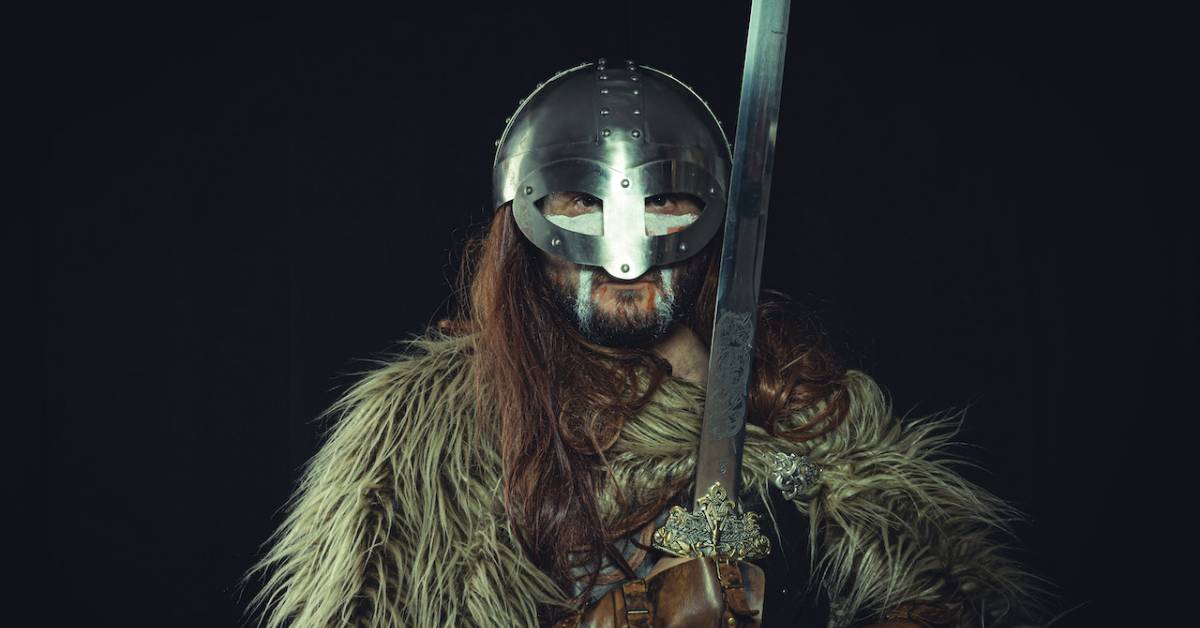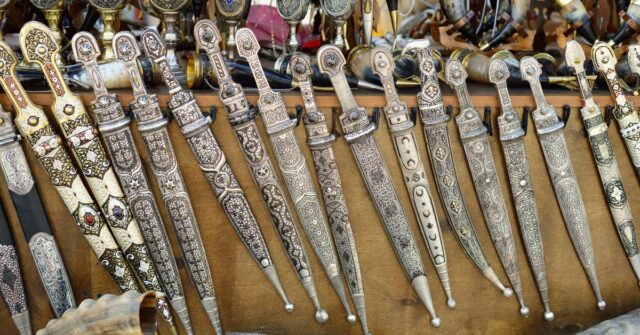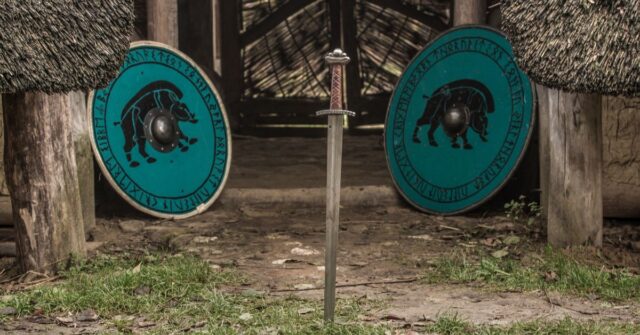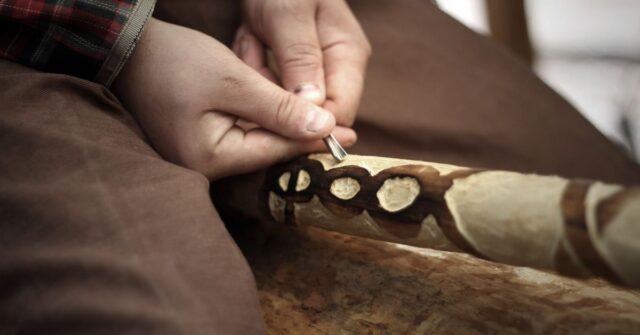The Vikings, fierce warriors, and explorers from Scandinavia have long captured our imaginations. One notable aspect of their culture that has found a resurgence in modern times is their unique hairstyles.
This article delves deep into the fascinating world of Viking hairstyles for men, tracing its historical roots to contemporary adaptations.
Historical Context of Viking Hairstyles
Before diving into the specific styles, it’s crucial to understand the broader historical context that birthed these iconic hairstyles.
The Importance of Hair in Viking Culture
In Viking society, hair wasn’t just about appearance—it held significant cultural and symbolic weight.
Long hair was often associated with strength, virility, and honor. Warriors would wear their hair in intricate styles, reflecting their status and achievements.
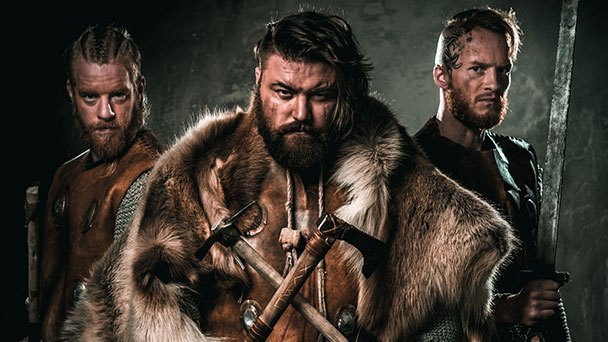

Sources of Information: Sagas, Artifacts, and More
Our knowledge about Viking hairstyles largely comes from various sources, including sagas, archaeological finds, and ancient artworks. These provide glimpses into their grooming habits, rituals, and societal norms around hair.
Fact vs. Fiction: Hollywood vs. Historical Records
While Hollywood often portrays Vikings with certain hairdos, it’s essential to differentiate between factual historical records and creative liberties. Not every Viking man had a shaved side or dreadlocks, as popular culture might suggest.
Popular Viking Hairstyles
With a grasp of the historical context, let’s delve into some of the most iconic Viking hairstyles for men that have stood the test of time.
The Skald: Long and Loose
The Skald style, characterized by long and loosely kept hair, was popular among Viking poets and storytellers. This free-flowing style represented creativity and a connection to the Norse gods.
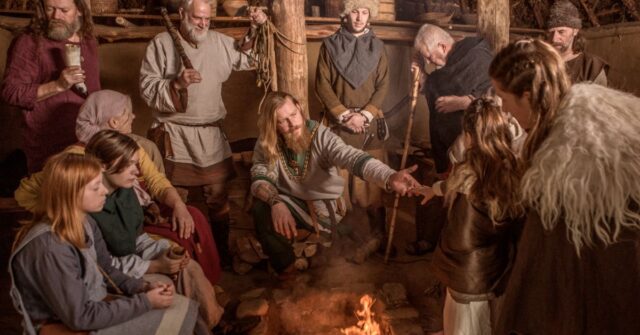

The Jarl: Braided Crown
Reserved for the nobility and leaders, the Jarl featured intricate braids wrapped around the head like a crown, symbolizing authority and leadership.
The Berserker: Shaved Sides with Top Knot
The fierce Berserker warriors often sported a bold look with shaved sides, leaving a topknot or a mohawk. This style was both intimidating and practical for battle.
The Seafarer: Dreadlocks and Beads
Viking explorers, or Seafarers, often wore their hair in dreadlocks adorned with beads. These beads sometimes represented their travels and conquests.
Styling Techniques and Tools
Creating these hairstyles wasn’t a simple task. It required skill, the right tools, and knowledge of various techniques.
Traditional Braiding Techniques
Braiding was an art form in the Viking Age. Multiple braiding patterns, from simple to complex, were used depending on the individual’s status, occasion, and preference.
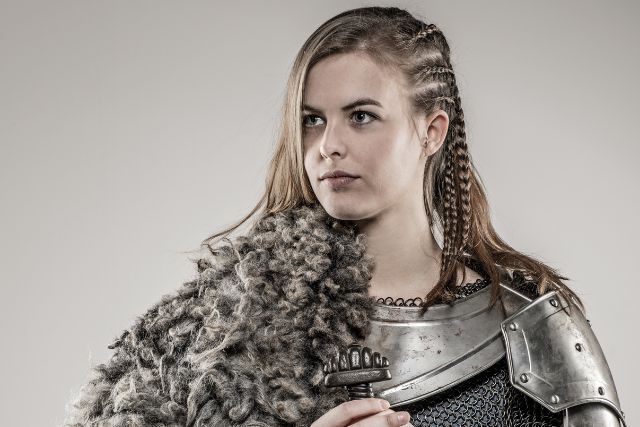

The Use of Bone and Wooden Combs
Vikings used specially crafted combs made of bone or wood for grooming. These tools have been found in archaeological digs, showcasing the intricacy of their design.
Natural Oils and Their Benefits
To keep their hair healthy and manageable, Vikings often used natural oils. These oils, derived from plants and animals, not only nourished the hair but also gave it a lustrous shine.
The Intersection of Hairstyles and Beard Styles
The Vikings’ grooming prowess wasn’t limited to their scalps. Their beards, too, were styled in unique and meaningful ways.
Common Beard Styles of the Viking Era
From full beards to intricately braided ones, the Viking men took pride in their facial hair. Each beard style, much like the hairstyles, had its symbolism and was worn with purpose.
Coordinating Hair and Beard for a Complete Look
It was common for Viking men to coordinate their hairstyles with their beard styles. This holistic approach to grooming made them stand out and showcased their attention to detail.


Modern Adaptations of Viking Hairstyles
While centuries have passed, the fascination with Viking hairstyles hasn’t waned. Today, many men draw inspiration from these styles, adding contemporary twists.
Inspiration from TV Shows and Movies
Modern media, especially TV shows, and movies, have played a significant role in the resurgence of Viking hairstyles. Characters with historically accurate (and sometimes not-so-accurate) hairstyles have influenced many to adopt these bold looks.
Contemporary Twists on Classic Styles
While the core elements remain, today’s Viking-inspired hairstyles often come with a modern touch. Incorporating elements from contemporary fashion, these styles are a blend of the old and the new.
Combining Viking Looks with Modern Fashion
Pairing Viking hairstyles with modern attire creates a unique and eye-catching look. It’s a testament to the timeless appeal of these hairstyles that they fit seamlessly even in today’s fashion landscape.
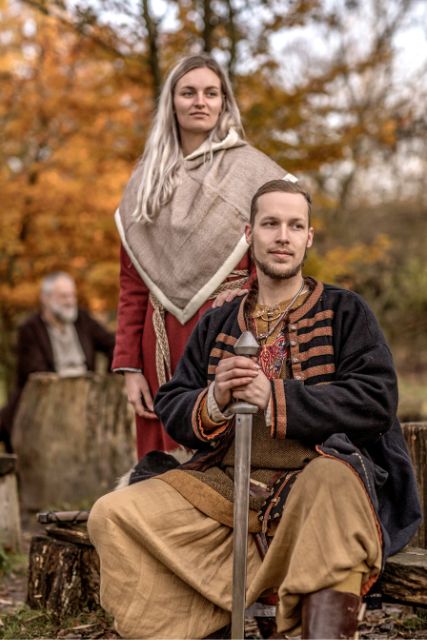

Caring for Your Viking Hairstyle
Maintaining a Viking hairstyle requires care and knowledge. Whether you’re sporting a long braid or a top knot, understanding hair health is crucial.
Best Practices for Hair Maintenance
Regular washing, conditioning, and avoiding excessive heat treatments are essential for hair health. Moreover, trimming the ends and using quality hair products can also make a difference.
Natural Products and Their Benefits
Just as the Vikings relied on natural oils, using organic and natural hair products can benefit modern users. These products often lack harmful chemicals, ensuring hair remains healthy and vibrant.
Avoiding Common Hair Damages
Tight hairstyles, excessive sun exposure, and chemical treatments can damage hair. Being aware of these factors and taking preventive measures can ensure the longevity of your Viking hairstyle.
Conclusion: Embracing the Viking Spirit
Adopting a Viking hairstyle is more than a fashion statement. It’s a nod to a rich history, a bygone era of warriors, explorers, and craftsmen. By understanding the roots and taking proper care, one can truly embody the Viking spirit in every strand.

